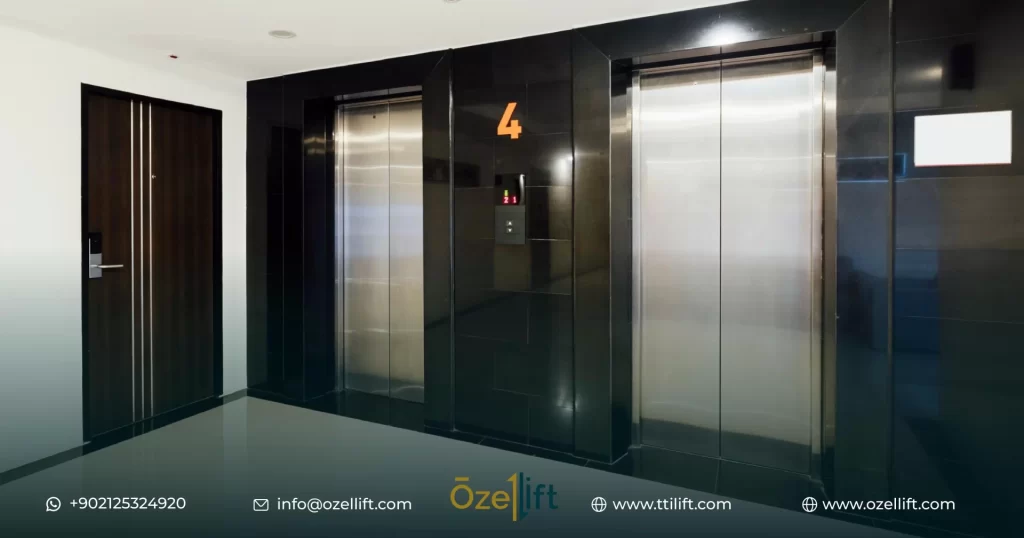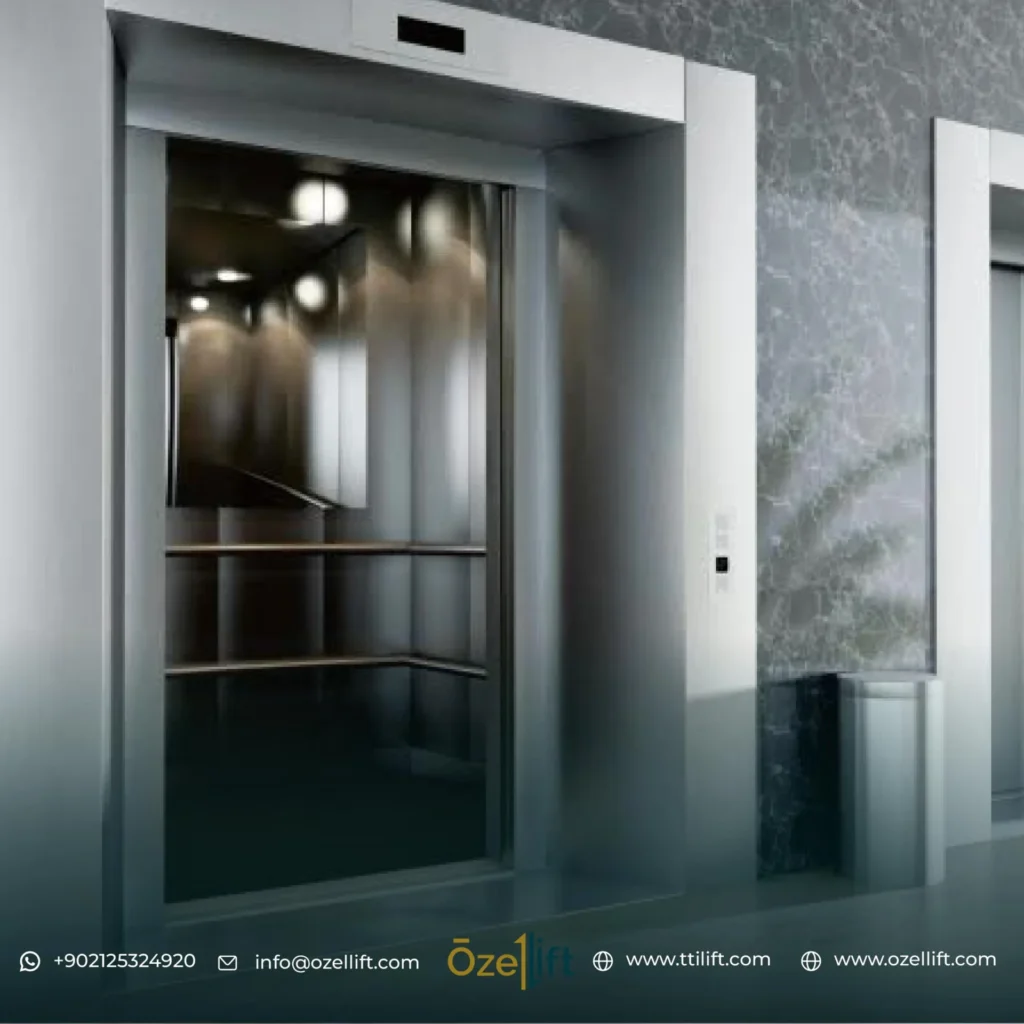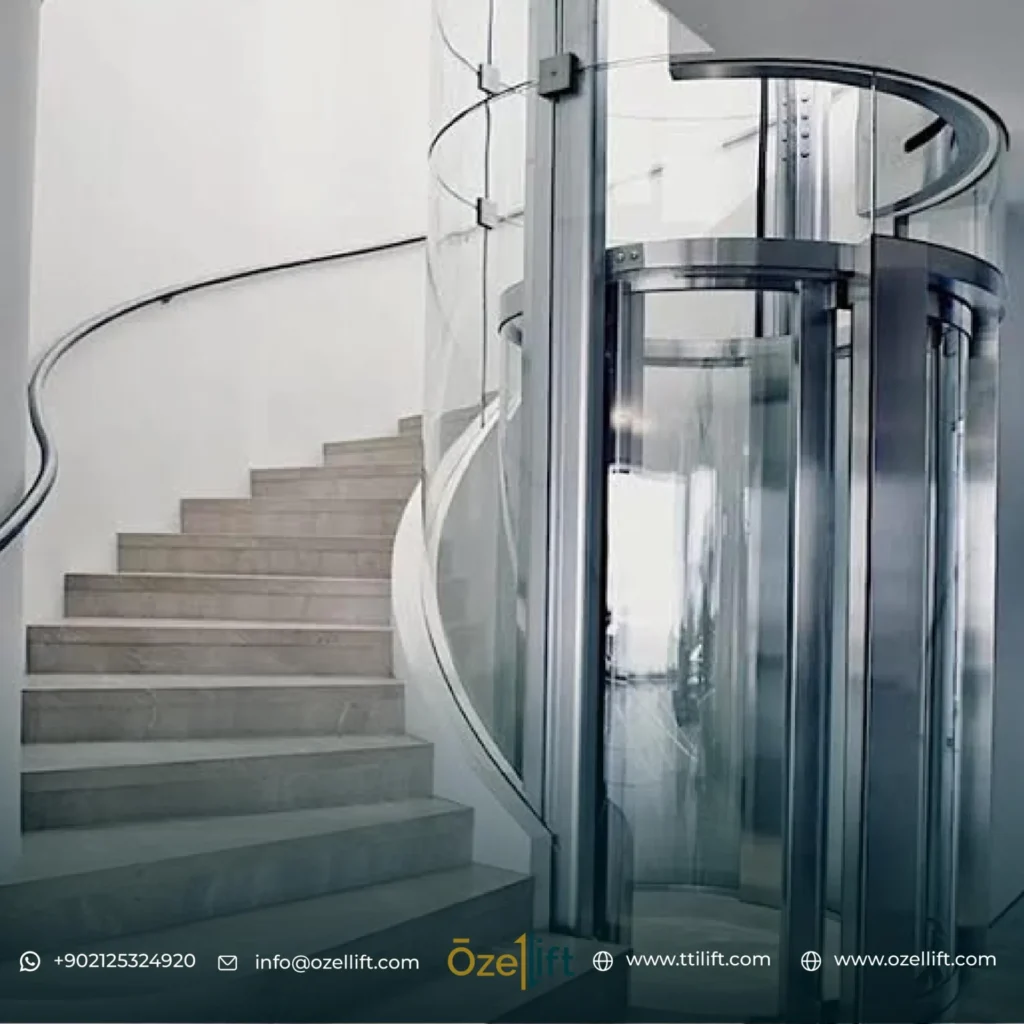Choosing the right elevator for your building hinges on understanding the key differences between MRL and traction elevators. We’ll delve into MRL elevator vs. traction elevator, unpacking their functionalities, ideal applications, and benefits to help you make an informed decision. So, MRL elevator vs. traction elevator – let’s explore!
The evolution of modern architecture has seen buildings reach ever-higher heights, transforming skylines and pushing the boundaries of design. However, this vertical growth necessitates efficient and reliable vertical transportation systems, making elevators a crucial element in these architectural marvels. Choosing the right type of elevator, however, presents a unique challenge for architects and building owners. This article delves into the intricacies of two major contenders in the modern elevator landscape: Machine Roomless (MRL) and traction elevators. By exploring their distinctive features, advantages, and limitations, we aim to equip you with the knowledge needed to make an informed decision.
Mrl elevator vs traction elevator – Mechanical Differences
Understanding the fundamental mechanics of MRL and traction elevators forms the foundation for our comparison. Both types rely on a similar principle – an electric motor drives the elevator car up and down a vertical shaft using a system of steel ropes or belts. However, their approaches to achieving this movement differ significantly.
MRL elevators, as the name suggests, eliminate the need for a dedicated machine room. This is accomplished by integrating the motor, controller, and other essential components within the elevator shaft itself, typically located at the top. This space-saving design utilizes a gearless motor, which directly drives the traction sheave (pulley) without the need for intermediary gears. This eliminates noise and vibration associated with gear changes, resulting in a smoother ride.
On the other hand, traction elevators traditionally require a separate machine room to house the motor, gearbox, and control equipment. These systems can employ either geared or gearless motors. Geared motors utilize a gearbox to transfer the motor’s power to the traction sheave, while gearless motors operate similarly to those found in MRL elevators.
Unsure if a MRl or traction elevator is the right choice for your building? Contact Ozellift, the elevator experts, for a free consultation today!
mrl elevator vs traction elevator – Space and Energy Efficiency: Examining the Trade-offs
One of the most significant advantages of MRL elevators lies in their space-saving design. By eliminating the need for a separate machine room, MRL systems free up valuable space within the building, which can be utilized for other purposes. This is particularly beneficial in high-rise buildings where space is often at a premium.
Furthermore, MRL elevators generally boast improved energy efficiency compared to traction elevators. This is primarily due to the use of gearless motors, which offer higher efficiency and lower energy consumption compared to their geared counterparts. Additionally, the elimination of dedicated machine rooms further contributes to energy savings by reducing the need for additional cooling and ventilation systems.
Know more about
MRL Elevator Advantages: More Than Just Space Savings
Beyond the space and energy saving advantages, MRL elevators offer several other compelling benefits:
- Reduced Installation Costs: Due to their simpler design and the elimination of a separate machine room, MRL elevators typically have lower installation costs compared to traction elevators.
- Enhanced Aesthetics: MRL design allows for greater architectural flexibility, as the absence of a dedicated machine room eliminates potential constraints on building design.
- Eco-Friendliness: The use of gearless motors and reduced energy consumption contribute to the overall environmental friendliness of MRL elevators.
Don’t navigate the complexities of MRl vs. traction elevators alone. Let Ozellift’s experienced team guide you towards the perfect solution.
Mrl elevator vs traction elevator: A Matter of Cost
While MRL elevators offer several enticing advantages, the initial cost of installation might seem higher compared to a traditional geared traction elevator. However, it’s crucial to consider the total cost of ownership rather than just the upfront cost. When factoring in the long-term savings associated with lower energy consumption and reduced maintenance needs, MRL elevators often prove to be the more cost-effective option, especially in the long run.
Know more about
Control panels, COP, and machines
Dumbwaiter elevators
Traction Elevator Advantages: Strength and Height in Focus
Despite the growing popularity of MRL elevators, traction systems still hold their own in certain aspects:
- Higher Lifting Capacity: Traction elevators, particularly those equipped with geared motors, can accommodate heavier loads compared to MRL elevators. This makes them ideal for buildings requiring the transport of heavy goods or large numbers of people.
- High-Rise Suitability: While some MRL systems can reach significant heights, traction elevators remain the preferred choice for very tall buildings due to their robust design and greater lifting capacity.
Mrl elevator vs traction elevator: Unveiling the True Cost Picture
When evaluating the overall cost of ownership, a more nuanced approach is required. While MRL elevators might have a higher upfront cost, factors like:
- Lower installation costs: No dedicated machine room needed.
- Reduced energy consumption: Gearless motor technology leads to lower energy bills.
- Lower maintenance costs: Simpler design leads to easier and potentially less expensive maintenance.
- Longer lifespan: Gearless motors offer improved reliability, potentially decreasing replacement costs.
Traction elevators have their own set of advantages, such as higher lifting capacity and suitability for high-rise buildings. Traction elevators can lift heavier loads and are therefore suitable for buildings that require a higher lifting capacity. Additionally, they are ideal for high-rise buildings, as they can travel longer distances. However, traction elevators require a separate machine room, which increases installation costs and takes up additional space. They are also less energy-efficient than MRL elevators due to their geared or gearless motor, which increases friction and energy loss.
In conclusion, when it comes to choosing between MRL and traction elevators, it is essential to consider the specific needs of the building. MRL elevators are a cost-effective and eco-friendly option that saves space and energy. They are ideal for low to mid-rise buildings that do not require a high lifting capacity. On the other hand, traction elevators are suitable for high-rise buildings and have a higher lifting capacity. However, they require a separate machine room and consume more energy. By weighing the pros, cons, and costs of each elevator type, building owners and managers can make an informed decision that meets the needs of their building.
Achieve the ideal balance of efficiency and passenger comfort in your building. Get a quote from Ozellift for MRl or traction elevators today.
Is an MRL elevator a traction elevator?
Yes, an MRL (Machine Room-Less) elevator is a type of traction elevator.
Which lift is better hydraulic or traction?
The preference between hydraulic and traction elevators depends on factors such as space, speed, and usage requirements; neither is universally better.
What are the two types of traction elevator?
The two types of traction elevators are geared traction and gearless traction.
What is traction vs geared elevator?
In traction vs geared elevators, traction generally refers to the system where an electric motor pulls the elevator using a rope and counterweight, while geared specifically implies the use of a gearbox in the motor system.



